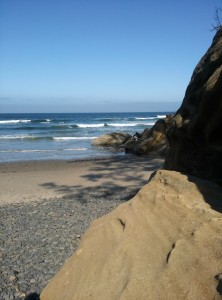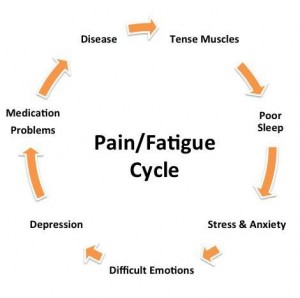Gentle Reader,
My sister-in-law, Joan Bell, arrived last Wed. just as I was cleaning the paint residue from the back garden and deck. We were Alaska-bound and she had the excited energy that quivered, “Alaska, here we come.” Of course, I had a few more things to do to be ready for our Friday morning departure. We got away by 9:30 on the 16th, heading north in the Shaklee car, my 2002 Prius. Two stops along the way included the return of an air purifier to a customer after getting it fully functional once again, and a lovely lunch stop with the Schleh family in Mt. Vernon. All three grandchildren were there, a rare opportunity. Young adults are hard to gather in a clump. They were between fairs. Daniel and Ian proudly showed me their belt buckles, winnings for showmanship in the Skagit County Fair. By now they have hauled into the Monroe Washington State Fair with Boar goats, Saanen goats and Highlander cows. This will be the first year in many that I will not watch them parade their animals around the ring.
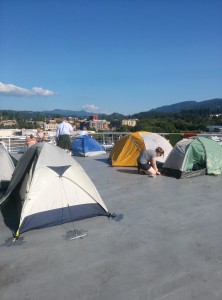
Over tuna salad, Joan Schleh, my step-daughter, regaled us with her tales of jumping on a ferry for Ketchikan, fresh out of high-school, back-pack laden and ready for work in the canneries. She had heard the call: Alaska, here we come, figuring she could make money as well as the Filipino women who were working the line. Without a map or a number to call, she got off the boat after 36 hours of sleeping on the deck and sharing pot luck with other campers. Unable to locate the friend-of-a-friend, she boldly caught a ride to where there was work and signed on. Two weeks later, she’d called home and discovered there was a job waiting for her in Washington, DC and she caught the next ferry home to try her luck on the other side of the country. It was just as well. No place to stay at the cannery, the foreman had cleared a shelf and indicated the space was her’s for the sleeping. Joan’s children listened to their mother’s adventure, rapt with attention.
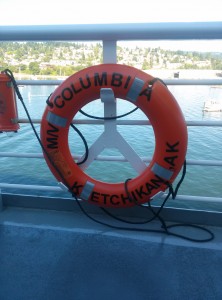
We departed from Bellingham, the starting point of the Alaska Marine Highway. My great friend and sponsor in Shaklee lives in B’ham where she has become a well-known ceramic artist. We stopped by a gallery featuring her work on our way to the ferry. The Columbia is the biggest boat in the 11 boat fleet. About half the crew got off with us in Ketchikan having worked a week, traveling up to Juneau and then back down to Bellingham, thence home.
In stark contrast to Joan Schleh, Joan Bell and I enjoyed a cabin with bunk beds and a bathroom with shower, money enough to eat in the dining room after drinks in the luxurious bar. The inside passage proved to be as intimate an encounter with wild shoreline, leaping Orca whales, porpoise, harbor seals and eagles as advertised. While we are disappointed that the uncharacteristic cloudless days of July are gone in this early Fall, the mist and fog drape the low-rise islands with seductive vails, layering green on green, reaching higher and higher into the cloud cover. Armed with rain pants and umbrellas, we are loving the cloud-play and ever-changing weather.
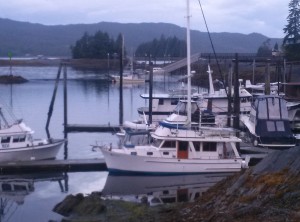
Here in Ketchikan, we are tucked into an old 1940s cabin on stilts with high-tide water under the floor boards, an old propane burner in the center of the patterned linoleum floor. Our windows look out onto an intimate harbor complete with eagle, heron and king-fisher. Both of us have slipped into memories of cabins in Colorado, Maine, New Hampshire and Oklahoma from our childhood family vacation days. We have 4 nights here and will not run out of things to do or places to visit. Just today we spent several hours at the end of the road going north where its turnaround is just beyond a well-kept state park. Various civic groups helped construct one of the safest, most extravagantly beautiful stair-filled hiking trails I have walked. The deep sun-dappled rain forest floor covering is a Bigalow carpet of moss and tiny golden mushrooms. Moss drips from the prickly branches of the Sitka spruce. Brilliant red berries hang from elderberry shrubs and light the path from the centers of bunch-berry dogwood. Salmon swell the swollen river plummeting down from the steep hill that characterizes these Inside Passage islands.
We spent the late afternoon at the fish hatchery at the extreme south end of the Tongass highway watching black bears feed on salmon, along side flocks of argumentative seagulls. Even though three enormous and grotesquely out-of-place cruise ships dock in Ketchikan every Sunday, Monday and Tuesday, the streets and coffee houses are not overly crowded. I’m not sure where all the people go. Perhaps they are swallowed up in the various tours offered by entrepreneurial guiding services.
My step-son, who fished further north during his high school and college days, scoffed that Ketchikan was worth 4 hours at most. Certainly not 4 days. We are content to gaze out our window, sleep late, cook local sea food, read and read some more in between long wandering visits to the magnificent parks and trails our rental car takes us to. Four days will be perfect.
In spite of old bones, creaky knees and complaining hips, we are both moving comfortably helped by Pain Relief Complex and, in my case, a long session on the cabin floor to get things oiled up and moving. That is the main remedy after all, moving.
Let me know if you have ever answered the call, Alaska, here we come.
Be well, Do well and Keep moving yourself. And pass this along to your friends.
Betsy
206 933 1889
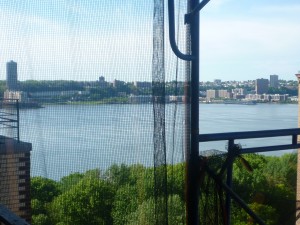
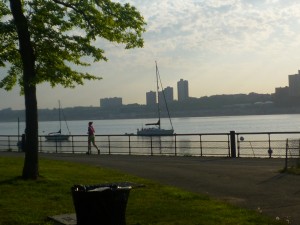


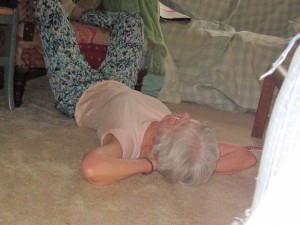
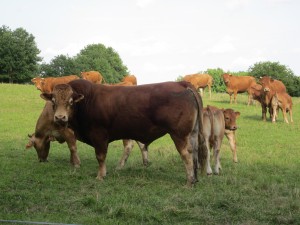
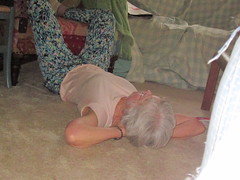 but get too busy at the desk to do them when you get back home. Then suddenly the pain shows up. I do know what to do:
but get too busy at the desk to do them when you get back home. Then suddenly the pain shows up. I do know what to do: Madame Tussaud’s wax museum is a history/pop culture lesson. For her, American giants from George Washington and Lincoln to the Obama’s came alive. For me, she introduced me to the TV stars, singers and comedians who perform today (and I never watch).
Madame Tussaud’s wax museum is a history/pop culture lesson. For her, American giants from George Washington and Lincoln to the Obama’s came alive. For me, she introduced me to the TV stars, singers and comedians who perform today (and I never watch).

 weather was wonderful for strolling. Probably the most exciting thing Ellie did was make a Muppet at FAO Schwartz.
weather was wonderful for strolling. Probably the most exciting thing Ellie did was make a Muppet at FAO Schwartz.
 depicted in Judy Chicago’s famous Dinner Party. On our last day there we went out to Saint John the Devine. Blue-gowned graduates of Columbia Teachers’ College were just leaving the Cathedral and their ceremony. Proud parents and grand parents took pictures as we sat on the steps. Later when I asked Ellie if she would ever come back to New York, she said maybe she’d go there to college.
depicted in Judy Chicago’s famous Dinner Party. On our last day there we went out to Saint John the Devine. Blue-gowned graduates of Columbia Teachers’ College were just leaving the Cathedral and their ceremony. Proud parents and grand parents took pictures as we sat on the steps. Later when I asked Ellie if she would ever come back to New York, she said maybe she’d go there to college.

